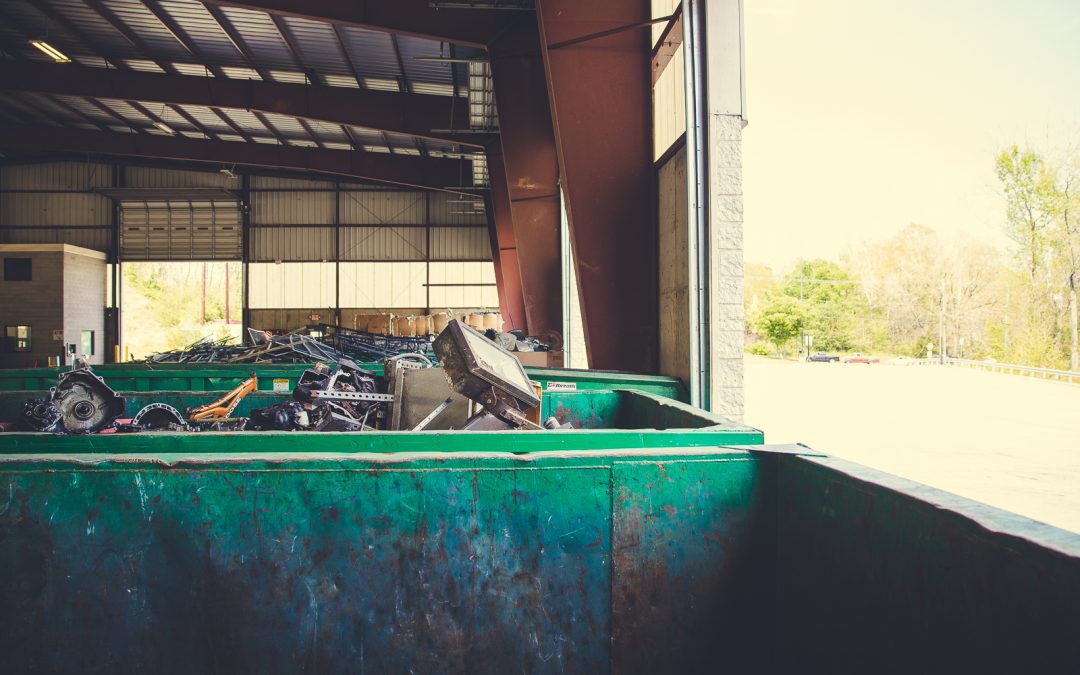When folks visit Bee Green Recycling, it can be sort of overwhelming. There are vehicles coming and going, we’ve often got a piece of heavy equipment rolling around, and there are heaps and piles and bins of scrap metal all over the place.
How does this have any value? How do we turn this back into valuable metal?
The first step occurs when you arrive. You’ve collected a pile of scrap metal, and our team will help you sort it. We determine if it’s copper or aluminum, brass or stainless steel. This helps to ensure that you get the best price for your scrap, and it helps to determine what scrap goes where. We’ll also begin the process of sorting each type of metal by the quality of the metal. This also helps to determine price and continues as we prepare to send the metals out for processing.
As we look at each piece, we determine the quality by its age, how weathered it is, and how pure it is. Bright, shiny copper is more valuable than copper pipes that have been in a basement for decades. Pure steel is worth more than steel that has been combined with other materials. Some objects are pure brass, while some have been mixed with tin or another alloy for cost or weight considerations.
Once the metals are sorted, they are combined and compressed to make them easier to transport. Wires and cables are stripped of insulation and rubber coatings, and aluminum cans are pressed into bales.
Once the bales arrive at the processing facility, they’re put into a furnace. Different metals require different levels of heat to reach a liquid stage. Some materials melt readily, while some may take several hours. While it takes a good bit of raw energy to do this, it’s less energy than it takes to mine raw materials, so better for the environment.
While in the furnace, most metals will be rid of any impurities. This isn’t true, however, of all metals. Some metals need to undergo electrolysis. The metal will be charged with an electric current. Impurities, like salt, will either be dissolved or leached out of the remaining metal.
At this point, the remaining metal – now pure – will be compressed again to create ingots or blocks of pure, raw material. They can then be transported to facilities that can turn them into new sheet metal, copper pipes, auto parts, and more. Using this recycled material helps manufacturers reduce their overhead costs. Recycled material is cheaper than freshly-mined or virgin material.

Recent Comments